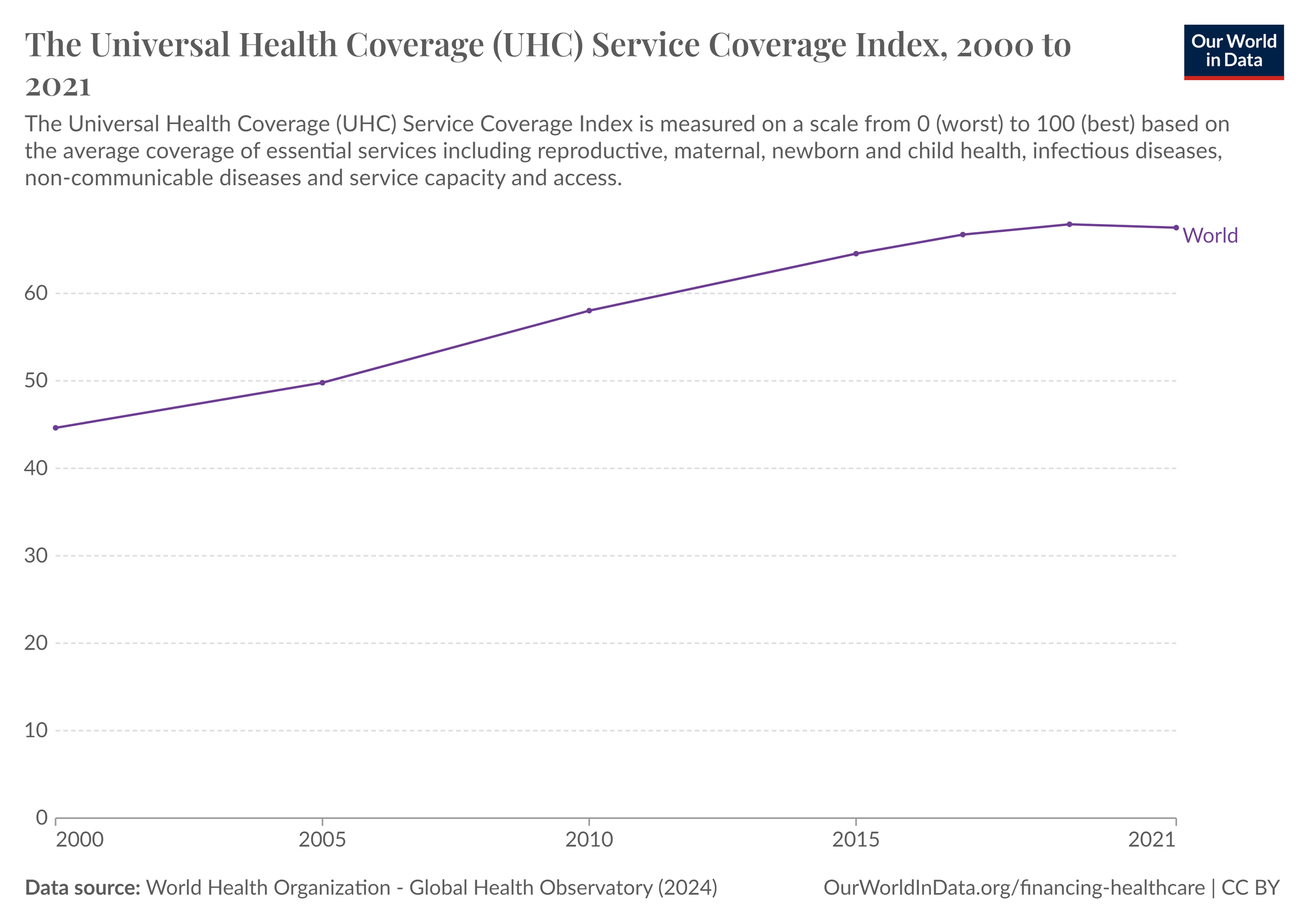SDG #3 is to “To ensure healthy lives and promote well-being for all at all ages.”
Within SDG #3 are 13 targets, of which we here focus on Target 3.8:
Achieve universal health coverage, including financial risk protection, access to quality essential health-care services and access to safe, effective, quality and affordable essential medicines and vaccines for all
Target 3.8 has two indicators:
Indicator 3.8.1: Coverage of essential health services.
Indicator 3.8.2: Proportion of population with large household expenditures on health as a share of total household expenditure or income
Because of the inherent inequality of extreme poverty, of which 712 million people live below $2.15 a day as of 2022, those living in such destitution are often excluded from healthcare coverage. Instead, the international community needs to finance healthcare services of those countries unable to use their own resources, and protect the most vulnerable from what could be devastating costs.
According to the World Health Organisation, the measure of coverage for essential health services includes 14 indicators for:
Family planning
Pregnancy care
Child immunisation
Treatment of children
Tuberculosis
HIV/AIDS
Malaria
Water, sanitation and hygiene
Hypertension
Diabetes
Tobacco
Hospital access
Health workforce
Health security
These respective indicators form an aggregate index of coverage of essential health services, on a scale of 0 to 100, the measure used for indicator 3.8.1.
The second indicator for this target measures the proportion of household income spent on healthcare, using a method used by the UN called Classification of Individual Consumption According to Purpose (COICOP), which categorises the purpose of household expenditure, including health care goods and services.
By this measure, two thresholds are used to measure financial hardship, the lower one for 10% of household income spent on healthcare, and the higher threshold for a quarter of household income spent on healthcare.
For the purposes of Indicator 3.8.2, this measure is used at a population level to measure the percentage of people meeting either the lower or higher thresholds of 10 or 25% household income spent on healthcare, placing them at financial risk to pay for their healthcare needs.
As of 2021, the world result for the index of coverage of essential health services stands at 67 out of a score of 100, still far from the 2030 goal of universal health coverage, the aim of SDG #3 overall.
As of 2019, the share of the world population with more than a quarter of household expenditure spent on health stands at 3%.



